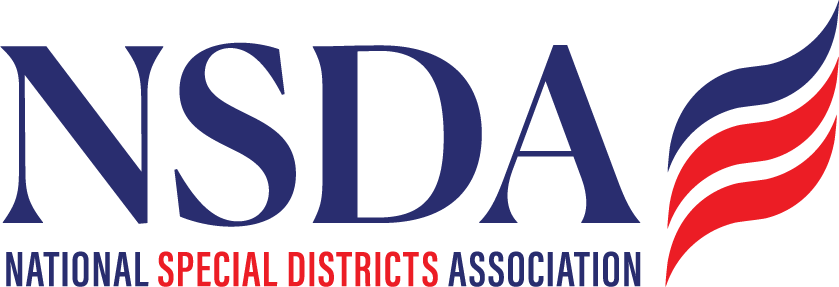NSDC Calls for Clarity on Liability, Accounting of Costs Needed on EPA’s Proposed PFAS Regulation
November 7, 2022
The National Special Districts Coalition (NSDC) provided comment Monday on the U.S. Environmental Protection Agency’s (EPA) proposed rule to designate two common forms per- and polyfluoroalkyl substances (PFAS), known as “forever chemicals,” as hazardous substances under the Comprehensive Environmental Response, Compensation, and Liability Act (CERCLA).
In its comment, the Coalition expressed clear concern of the proposed regulation’s potential significant costs on special districts should liability for contamination not be specified – especially among those providing water, wastewater treatment, and fire protection services. Furthermore, NSDC disagrees with EPA’s approach to designate the substances using CERCLA section 102(a), which allows EPA to forego cost estimates in its rulemaking on substances believed to “pose substantial danger to public health or welfare or the environment.”
EPA announced in June 2022 an interim health advisory on four types of PFAS including the two common forms - Perfluorooctanoic Acid (PFOA) and Perfluorooctanesulfonic acid (PFOS). The interim health advisories are triggered for PFOA at 0.004 parts per trillion and PFOS at 0.02 parts per trillion. Both thresholds are below the agency’s minimum reporting level of 4 parts per trillion for both chemicals.
Under the proposed rule, EPA could designate sites contaminated with PFOA and PFOS as Superfund sites. The federal Superfund program provides long-term financing for responsible parties to clean up toxic waste sites. Based on an American Water Works Association report, the cost to the nation’s public utilities – including special districts – could be at least $370 billion.
“Legacy contamination continues to be a concern, which exists at no fault to local agencies responsible for water quality monitoring or to solid waste service providers that must abide by hazardous substance rules,” NSDC commented. “Special districts and other public agencies are not PFAS manufacturers; rather, they are involuntary receivers of PFAS contamination and therefore should not be designated Superfund sites and held liable under CERCLA.”
NSDC called on EPA to remain consistent with polluter-pays model of Superfund, and to include a clarifying exemption to prevent taxpayers and ratepayers from having to bear the cost of cleaning up contaminated sites. Doing so could reduce the public cost of the proposed regulation and avoid risks of third-party lawsuits despite insignificant contributions to PFAS contamination.
The comment also noted considerations for fire protection districts, as PFAS is prevalent in Aqueous Film Forming Foam (AFFF) used to effectively suppress fire at airports and training facilities and is present in all layers of firefighters’ protective gear. NSDC called on EPA to offer guidance for safe disposal of PFAS as a hazardous substance and to address liability risks posed to these public safety agencies in the further development of PFAS regulation.
Click here to read the full NSDC comment to EPA.
